Jinshiro Motoyama is not your average political activist.
In a country where politics is dominated by established middle-aged politicians, the 27-year-old Okinawa native is a university student with no party affiliations.
But Motoyama has disrupted the norm. He masterminded this month’s Okinawa referendum on the national government’s plan to relocate a longstanding but controversial United States air base within Japan’s southernmost prefecture.
Okinawa was occupied by the Americans after World War II, and only reverted to Japan in 1972. The lingering US presence remains a divisive issue.
The island represents less than 1% of Japanese territory, but hosts roughly 70% of US bases and half the 47,000 American troops in Japan, according to the last count in 2011.
Last Sunday, 52% of voters in Okinawa – which has a population of 1.4 million – turned out to cast their ballots. Just over 70% of them opposed plans to relocate Futenma Air Station from a densely populated area to a remote location with endangered coral reefs.
Instead, they say the base should be moved off the island altogether.
The decision was not legally binding and Tokyo plans to press ahead with the relocation. But for Motoyama, the vote was about much, much more.
“The base issue is tied to all of our other problems but we don’t want to just limit the discussion to the US military presence,” he said.
“We need to open up a dialogue about Okinawa’s future.”
A young leader
Motoyama grew up in the shadow of the Marine Corps Air Station Futenma base in the city of Ginowan on southern Okinawa.
For the most part, he says, the bases blended into the landscape.
“They’d been there before I was born so I coexisted alongside them,” Motoyama said. “But I remember kicking a soccer ball into one by mistake when I was around six years old. I couldn’t go in to retrieve it – and it only hit me why when I grew up.”
Motoyama left Okinawa to study in Tokyo when he was 18. There, he became more politicized.
“In Japan, many young people feel like they can’t change the political system,” he said. “But I think that young people in Okinawa are starting to feel like if people do something then things can change.”
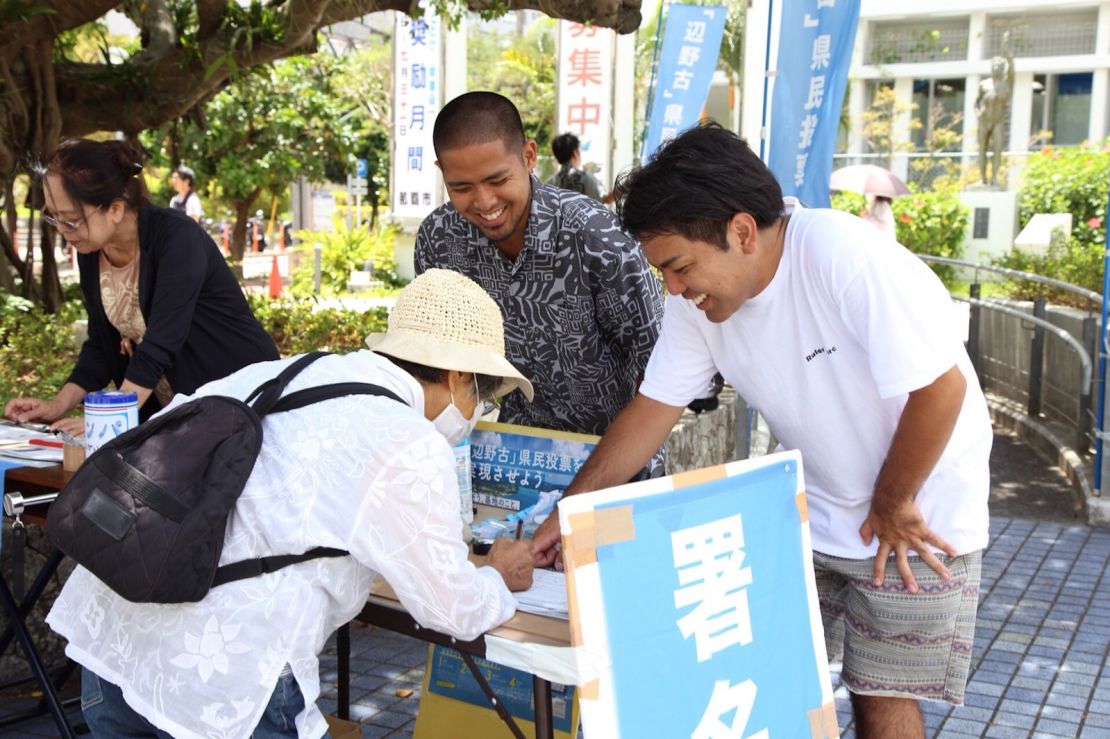
In February 2018, Motoyama established a citizens’ group dedicated to solving the problems afflicting the prefecture. He toured many of Okinawa’s 55 islands to learn about the issues people faced – and, over the course of two months, gathered more than 92,000 signatures calling for the referendum.
The vote fnally went ahead on February 24.
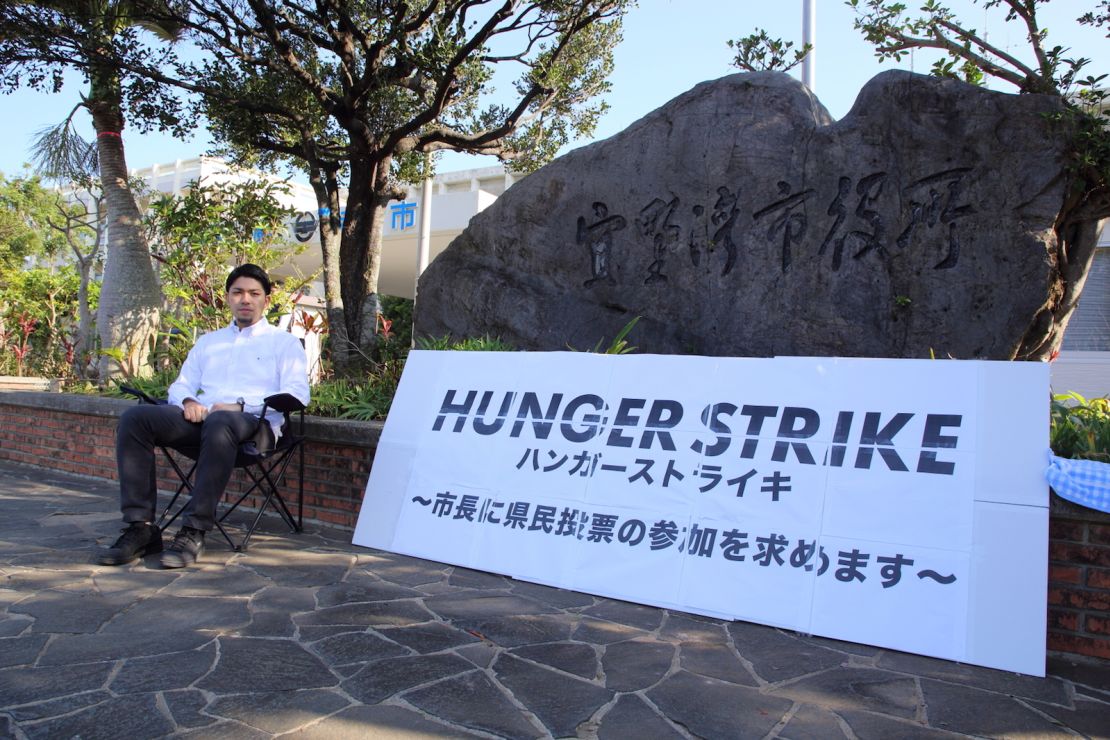
Being the public face of a political movement is not an easy task, of course.
In January, Motoyama staged a five-day hunger strike after his home region of Ginowan and four other Okinawan municipalities opted out of the referendum because their assemblies refused to fund it. He had read about how Okinawans used hunger strikes as a protest tactic while under US rule.
“I carried out my hunger strike in front of the mayoral office in Ginowan,” Motoyama said.
In the end, Ginowan and the other municipalities took part.
New and encouraging era
Motoyama’s referendum helped galvanize political enthusiasm among Okinawa’s youth, according to Koichi Nakano, a political science professor at Sophia University.
“The activism of the Okinawans has long been known, but this time the youths took the lead – and that is new and encouraging,” Nakano said.
Robin O’Day, a Japanese youth activism expert at the University of North Georgia, says it’s a big deal even to persuade young Japanese to discuss politics because they fear job prospects may be damaged if they’re seen to be politically inclined.
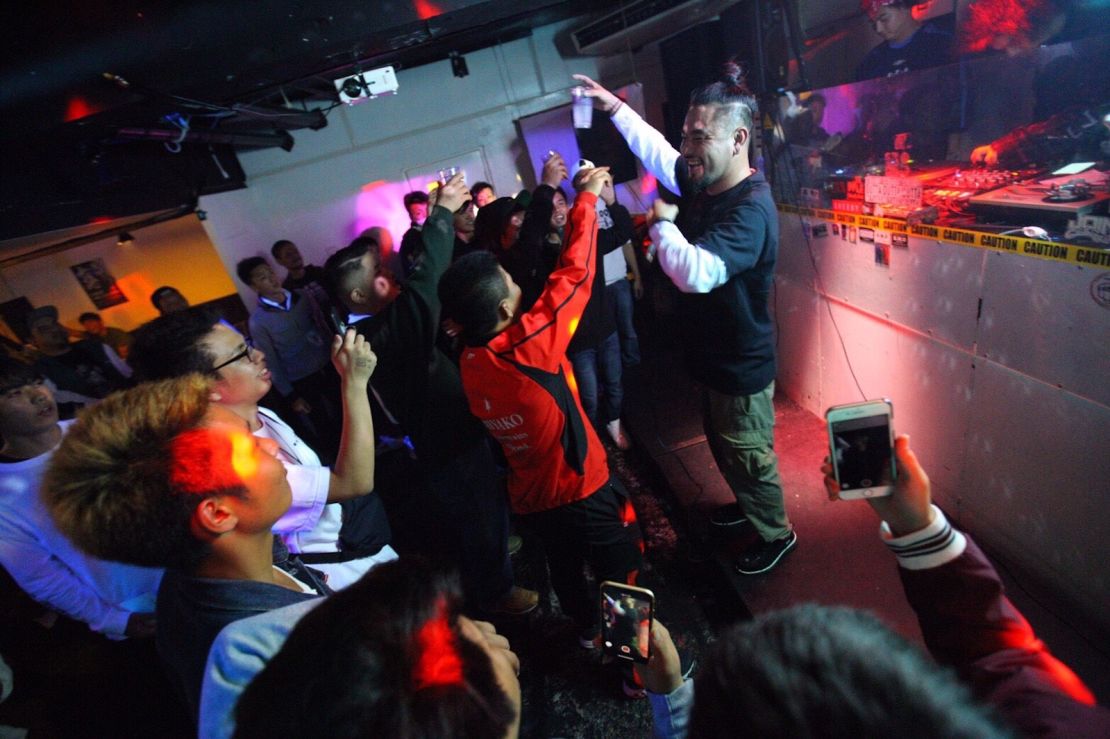
O’Day says Motoyama’s tactic of tackling a specific problem rather than arguing from a specific ideological position made it easier for youths to join the conversation.
“(Young Japanese) are discovering that they can engage in political issues without reproducing the same old political patterns of belonging to either the right or the left of the political landscape,” he said.
Troubled past
For Motoyama, the referendum was a way of engaging all residents in Okinawa’s political and social issues.
“The prefecture has long been suffering from the burden of having to shoulder a grossly disproportionate share of the US bases, on top of its tragic history during World War II and after,” Nakano added.
Okinawa suffered one of the war’s bloodiest battles and lost a third of its population.
The US says its Okinawa bases help defend Japan and maintain peace in the Asia-Pacific, due to their proximity to Taiwan, the Korean Peninsula and contested areas in the East and South China Seas.
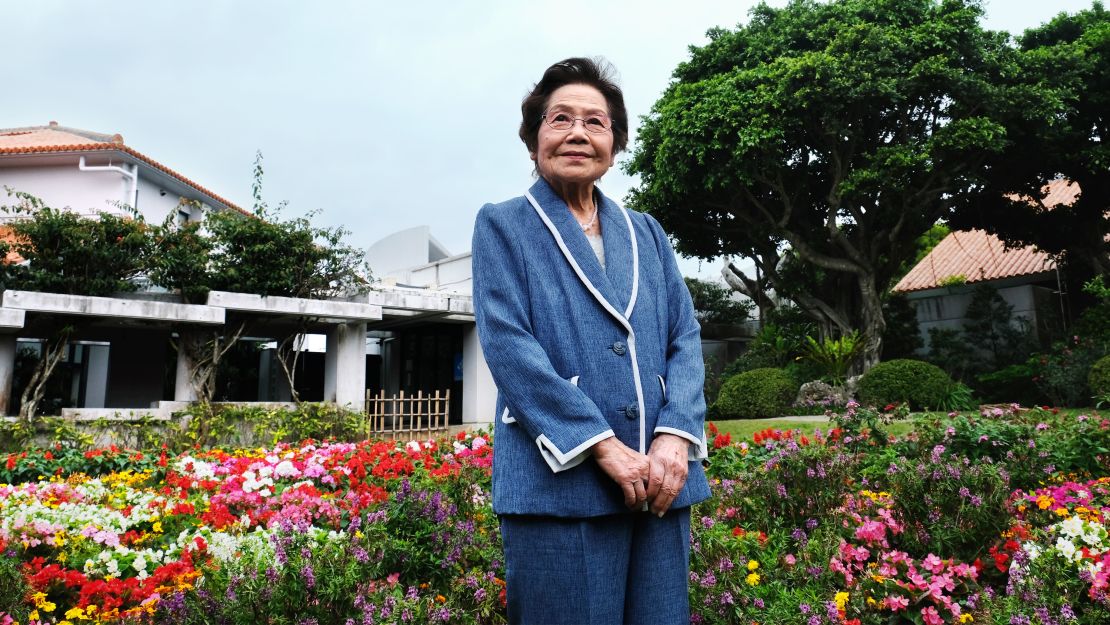
But the US troops stationed there have a tense relationship with locals.
In 1995, the rape of a 12-year-old girl by three US servicemen prompted outrage in Okinawa. About 85,000 protesters gathered to demand the removal of US bases.
Nakano, the political scientist, said Motoyama had reignited the military presence debate just as it had started to die down.
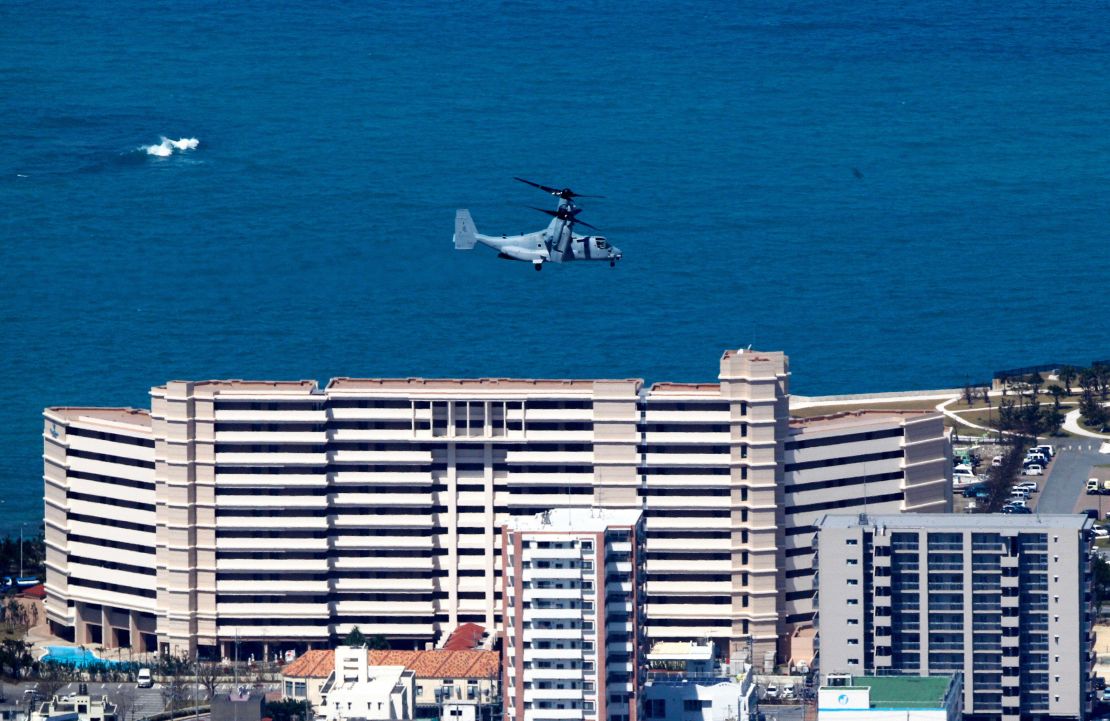
Okinawa’s future
The vote also opens public debate on wider issues.
Okinawa is Japan’s poorest prefecture with the highest number of centenarians in the country and the world – about 50 per 100,000 people. Average incomes are still below the national standard, and islanders say the economy is lagging in comparison to the rest of Japan.
Low education, high child poverty and high school dropout rates blight progress.
In the immediate aftermath of World War II, half the Okinawan economy’s revenue was base-related. By 2013, that had fallen to 5.1%.
But with its renowned white beaches and clear blue seas, many are looking forward to new opportunities.
In 2017, Okinawa topped Hawaii as a tourist destination, with 9.6 million visitors reportedly flocking to the prefecture.
“The experiences of World War II that our grandparents lived through feels distant to us as we didn’t experience it,” Motoyama said.
“We need to think of a way of inheriting this collective memory while moving forward.”





